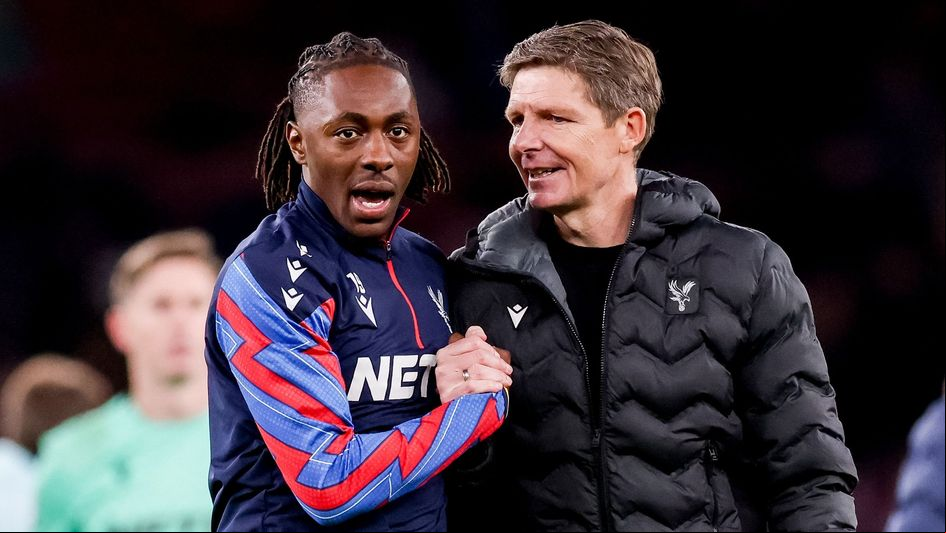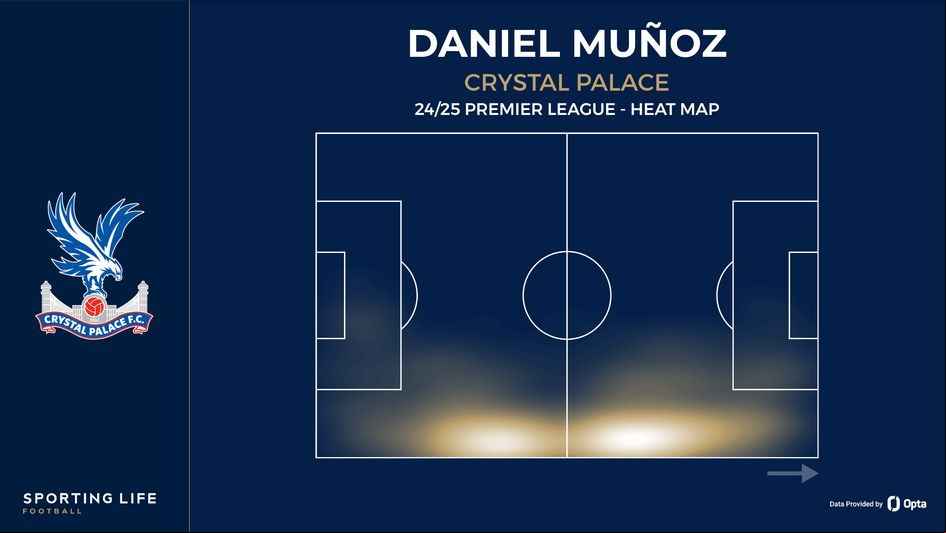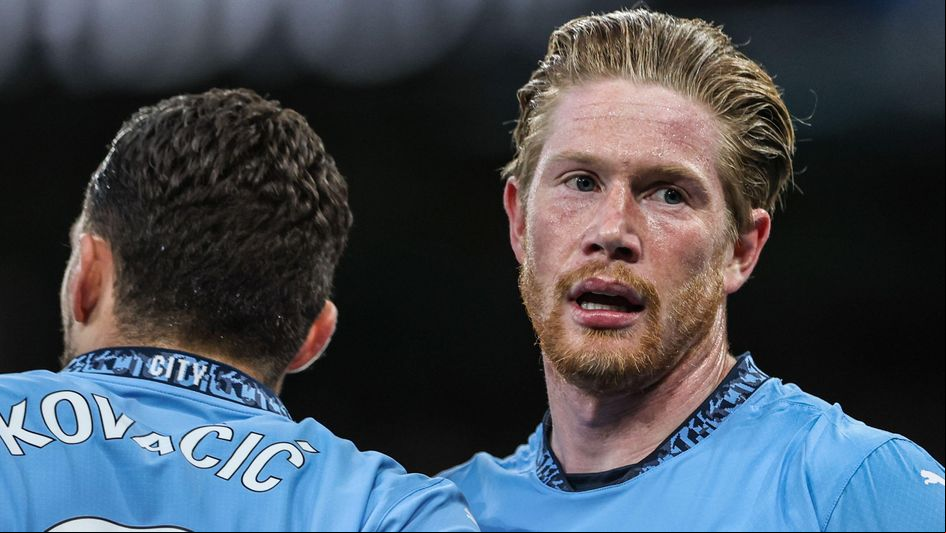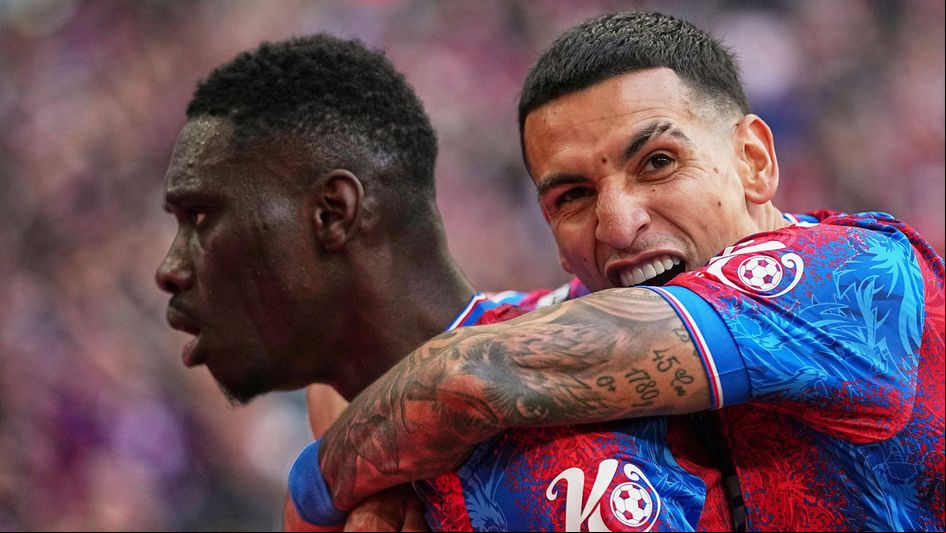So much has changed in the nine years since Crystal Palace last appeared in the FA Cup final and yet, from another angle, it’s almost as if time has stood still.
In 2015/16, Alan Pardew’s counter-attacking Palace were underdogs but the Manchester club they faced played the kind of slow possession football that could be vulnerable to quick breaks and a smash-and-grab win.
Palace had just finished 14th, the second consecutive year finishing between 10th and 15th (the beginning, it turns out, of a sequence that will stretch to 12 years and counting a fortnight from now).
Manchester City are this year.
Should Palace lose to Man City on Saturday – should Ismaïla Sarr fail to pierce the City back line, much in the way Yannick Bolasie and Wilfried Zaha fell short a decade ago – then it might be difficult to argue Palace have actually moved forward despite the appearance of progress under Oliver Glasner.
There is no doubt Glasner’s football is considerably more complex and forward-thinking than Pardew’s, and indeed Palace only need one more point from their final two Premier League matches to set a new club record.
But Palace remain stuck in limbo; treading water in a shrinking middle ground between those capable of European qualification and those in a relegation battle.
That is the context in which this FA Cup final sits for Palace.
Nine years ago, winning the first major trophy in their history would have been magnificent for its own sake. Now, lifting the trophy will propel Glasner’s Palace to the next level; will welcome them into the band of clubs pushing for more.
Despite the odds, they stand a decent chance.

Palace went 1-0 and 2-1 up before only to lose 5-2.
We have evidence they can start quickly, can break the Man City high line, and can maximise set-pieces.
The tactical pattern of Saturday’s game will certainly follow those two.
Palace averaged 32% possession in their two league meetings with City and on the big Wembley pitch will no doubt take the same approach: compress space between the lines, press only in their own half, and transition as fast as possible through Eze, Sarr, and Jean-Philippe Mateta.
It’s a battle plan helped by the return of 0-0 draw at Southampton last weekend.

Before that, Pep Guardiola had successfully solved City’s problems by deploying a striker-less 4-2-2-2 formation that contained a box midfield (two sixes at the base, two eights in front of them) and two central midfielders operating as narrow full-backs.
That’s six central midfielders in the starting line-up, bringing back the suffocating control City had lacked when Palace counter-attacked so ruthlessly in the early stages of their two league meetings.
But Haaland’s return has forced a reshuffle, and it should surprise nobody that City lost all their fluency with a static number nine back up top.
Haaland will surely start at Wembley, meaning a relatively easy shepherding job for the three Palace centre-backs but also, more importantly, meaning a slightly more disted midfield configuration for City.
That should increase the chances of Glasner’s side winning possession in the middle third and, evading the counter-press, launching a three-pronged attack behind Guardiola’s high line.

Palace should focus particularly down their right, where Jérémy Doku.
City are often weakest on Doku’s side, while the surging runs of Munoz can help Sarr overwhelm Nico O'Reilly.
That’s the game’s key battle: a mismatch that could at least win Palace a few corners, a set-piece from which they scored in both meetings with Man City this season.
There are plenty of reasons for Palace fans to be feeling optimistic then, although Man City of course have their own narrative draws – and their own sense of inevitability driving them on.
Kevin De Bruyne’s last big action is waiting to happen, and if there’s one major weakness in Glasner’s 3-4-3 it’s that the two-man central midfield can look light in transition, which just happens to be when De Bruyne is most dangerous these days.

There’s also the simpler, unavoidable analysis: Man City understand the big occasion.
They will keep their composure and go through the motions of yet another Wembley appearance, whereas Palace risk seizing up on the biggest day of their lives.
Nine years ago Palace took a 78th-minute lead only to be pegged back three minutes later. They got to extra-time and even saw Chris Smalling sent off, only for Jesse Lingard to break their hearts.
The more experienced team dug deep and got over the line. That is by far the likeliest outcome again on Saturday.
But Glasner’s Palace are a different animal. The club has moved up and moved on. Now is the time to prove it.
More from Sporting Life
Safer gambling
We are committed in our of safer gambling. Recommended bets are advised to over-18s and we strongly encourage readers to wager only what they can afford to lose.
If you are concerned about your gambling, please call the National Gambling Helpline / GamCare on 0808 8020 133.
Further and information can be found at begambleaware.org and gamblingtherapy.org.










